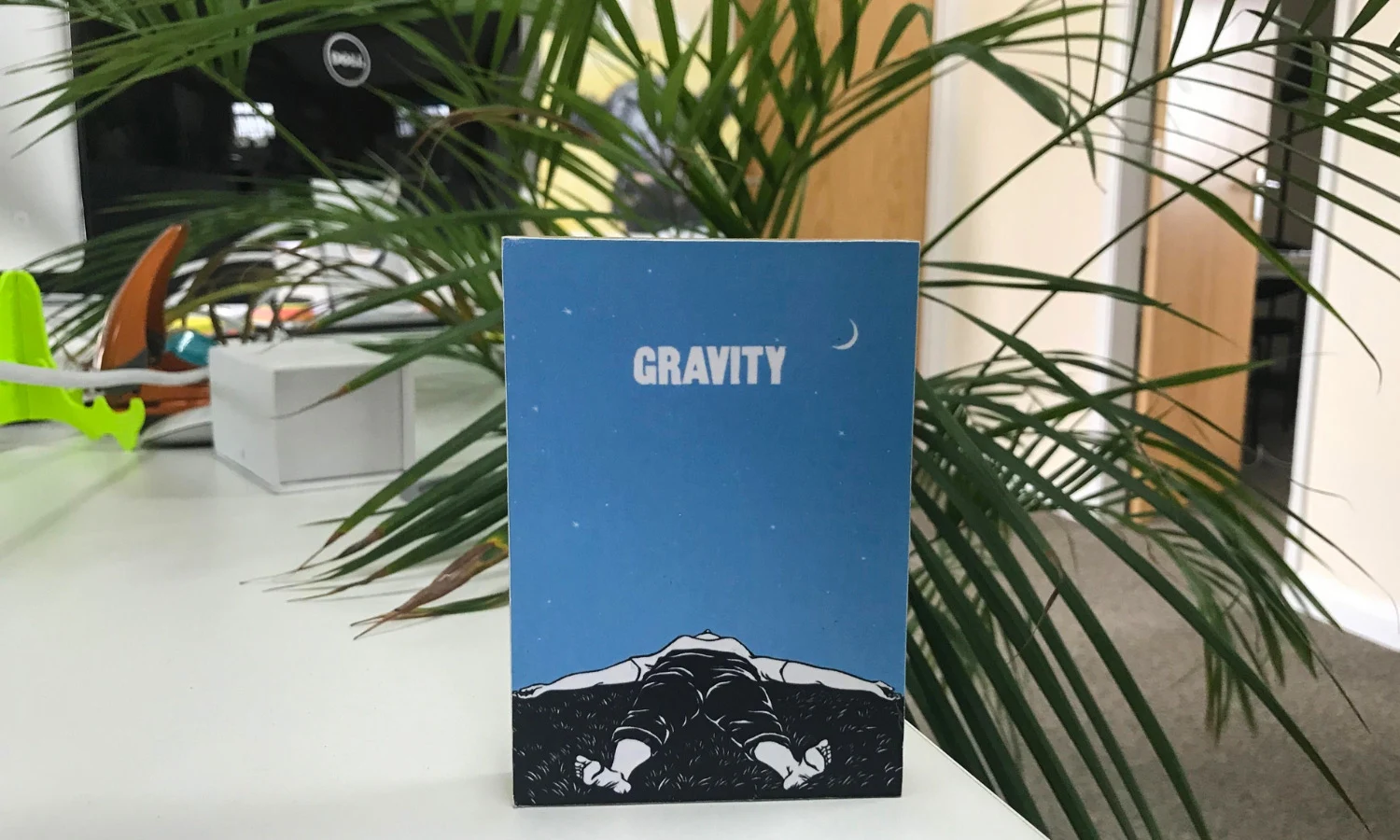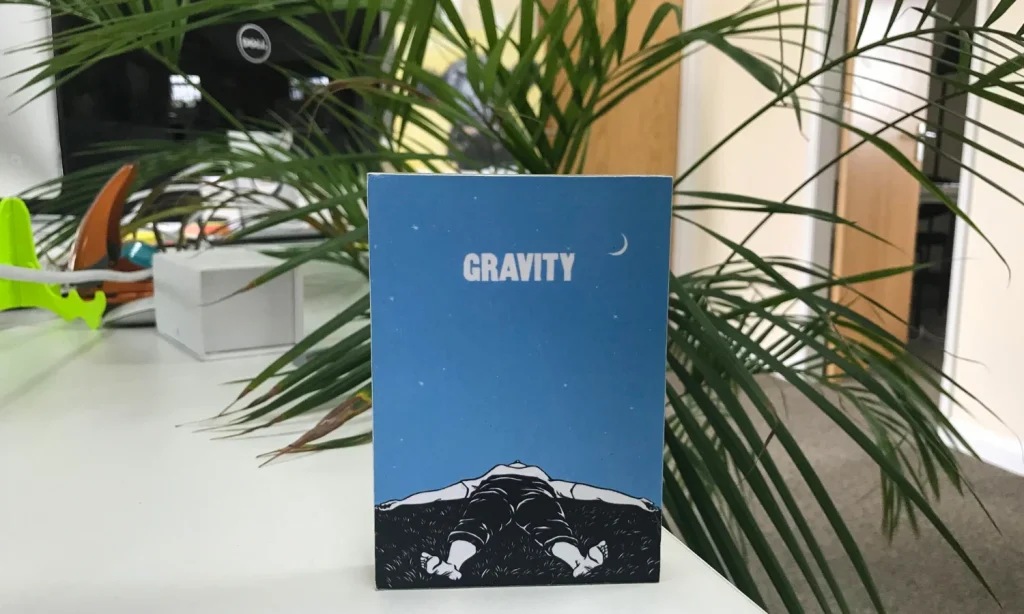Jargon Busting: Cutting Through the Marketing Jargon

At Gravity Digital, we pride ourselves on keeping things straightforward. While the marketing world loves its buzzwords, we believe that clarity is far easier. Our mission is simple: create powerful strategies and tools creating effective marketing without the jargon.
Whether you’re a marketing manager, business owner, or just want to get better marketing results, you’ve probably come across phrases like “growth stack” or “omnichannel synergy” that make things sound far more complex than they are. We’re not here for that.
Why We Don’t Use Jargon
Jargon is often used to impress. But often, it confuses, alienates, or masks a lack of clear thinking. We think marketing should be about solving problems, not creating new ones with a load of technical terms.
“We speak plainly because that’s how you get results. Whether it’s explaining a strategy, running a campaign, or designing a website, we focus on what matters and make the complex a little more simple.” Sharon Stevens-Cash, Director here at Gravity.
Common Marketing Terms Translated
Here are some terms we regularly come across and what they mean when you cut through the clutter:
- “Growth Hacking”
What it sounds like: A secret shortcut to business success (we wish we did have a shortcut).
What it actually means: Using creative, resourceful marketing tactics to get results quickly, often with limited budget or time.
- “Omnichannel Strategy”
What it sounds like: A buzzword approach to being everywhere at once – it does sound impressive though to be fair.
What it actually means: Making sure your message is consistent and connected across all relevant platforms from social media and your website to email marketing and printed materials.
- “Brand Architecture”
What it sounds like: Something that needs a blueprint and a hard hat.
What it actually means: How your products, services, and brand fit together in a logical, easy-to-understand structure.
- “MarTech Stack”
What it sounds like: A towering pile of unknown tech tools.
What it actually means: The software and platforms you use to run and track your marketing, such as email tools, analytics, social media schedulers, and CRM systems.
- “Conversion Funnel”
What it sounds like: Some sort of complex mechanism.
What it actually means: The journey someone takes from discovering your brand to becoming a customer.
Acronyms Explained
Even seasoned marketers can get acronym overload. Here’s a few that often get thrown into conversations without explanation:
ROI (Return on Investment)
How much you get back compared to what you spent. If you spend £1,000 on ads and generate £5,000 in sales, that’s a strong ROI.
CTA (Call to Action)
The thing you want people to do next. It could be “Buy Now,” “Book a Call,” or “Download the Guide.” No CTA usually means no action.
SGE (Search Generative Experience)
You might have heard murmurs (or shouts) about Google’s Search Generative Experience changing the face of SEO. Traditional search results are starting to make space for AI-generated answers right at the top. People will still search. People will still click. But the way they find and engage with content is shifting. So rather than chasing rankings, start thinking about what makes your content genuinely helpful, clear, and human. That’s the kind of stuff SGE still needs (and rewards).
AIO (AI Optimisation)
Using artificial intelligence to improve and automate parts of your marketing, from content creation to ad targeting. AIO helps make things faster, smarter, and more efficient. But like any tool, it still needs the right human input to deliver real value.
CMS (Content Management System)
The platform that powers your website like WordPress, Shopify, or Wix. A CMS lets you edit and publish content without needing to code. If you’ve ever changed text or added a blog post on your site, you’ve used one.
UGC (User-Generated Content)
Things like customer reviews, social media posts, unboxing videos, or testimonials. Basically, content created by your audience instead of your brand. It’s powerful because it’s real, relatable, and people trust it more than polished ads.
PPC (Pay Per Click)
A way of advertising online where you only pay when someone clicks on your ad. It’s commonly used in Google Ads and social platforms. Great for quick traffic but you need to know what you’re doing to avoid wasting budget.
UX (User Experience)
How it feels to use your website or app. Is it clear? Frustrating? Fast? Confusing? Good UX helps people find what they need, trust your brand, and take action. Bad UX makes them leave.
A/B Testing
Running two versions of something such as a landing page or subject line to see which performs better. You let real people decide what works, based on actual results instead of gut feeling.
KPI (Key Performance Indicator)
A fancy way of saying: the numbers that matter. KPIs help you track whether your marketing is working so setting targets such as leads, conversions, open rates, or sales. The key is choosing the right ones.
Our Approach: Clear Thinking, Straight Talking
At Gravity, we take complex problems and turn them into simple, effective solutions. That doesn’t mean dumbing things down, it means stripping away the jargon and getting to the heart of what will make your marketing work better.
We’re here to help businesses grow, and we believe the best ideas are the ones you can understand, explain, and act on.
Our CTA
If you’re ready to escape the jargon and do marketing that makes sense and gets results let’s talk, we provide biscuits.

 get in touch
get in touch


